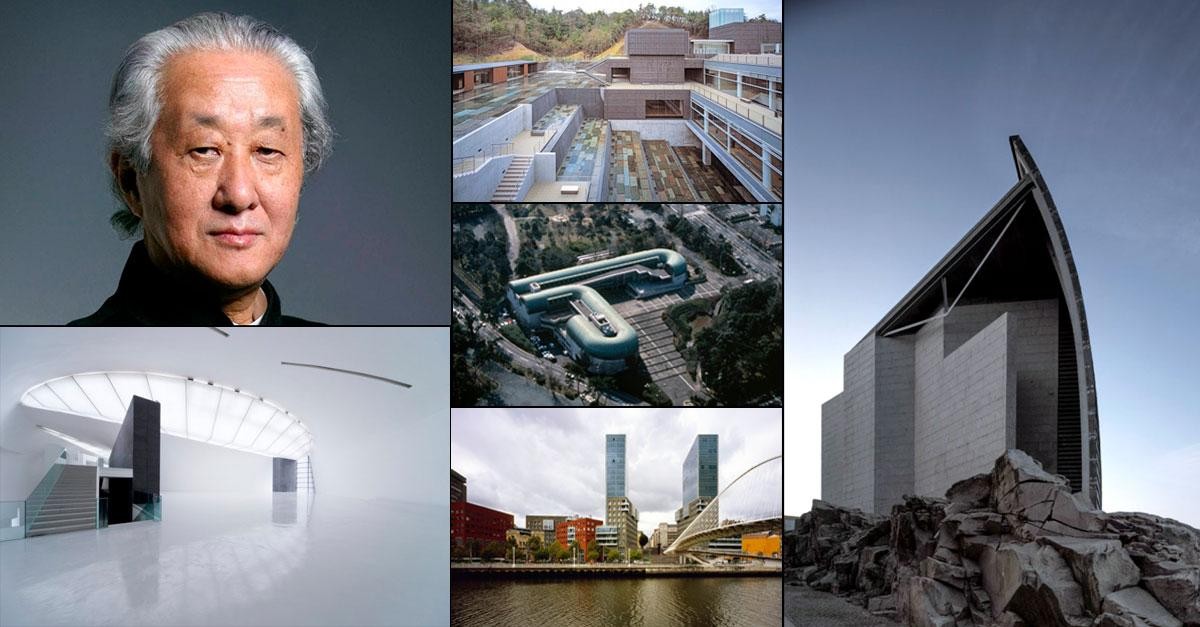The creator of the Palau Sant Jordi, Arata Isozaki, architect of one of the most representative buildings of the city, died at the age of 91 in Japan, leaving one of the most important legacies in Catalonia.
The Japanese architect, Pritzker Prize in 2019, built in 1992 this beautiful building in Barcelona and will survive forever with his legacy.
However, the Palau Sant Jordi is not the only building that Isozaki built in Catalonia; his legacy was much greater.
The memorable works of architect Arata Isozaki
Palau Sant Jordi the most emblematic of the 92 Olympic Games
It has been the most emblematic building of his talent. In fact, the most important and relevant in the recent history of Barcelona as were the 92 Olympic Games.
The Palau was adapted to the environment, as it was built on the Montjuic mountain in order to host part of the sports activities under cover.
It has a rounded roof with organic shapes that adapted harmoniously to the environment.
Since its inception, the Palau Sant Jordi has been the city’s main venue for events.
The CaixaForum of Barcelona
Very close to the Palau Sant Jordi is another wonderful work of the architect. If the Palau is majestic and impressive, the entrance to the CaixaForum is the best example of architectural excellence capable of being part of the environment and becoming almost indistinguishable.
Isozaki was in charge of the design of the entrance space to the CaixaForum in Barcelona, right where the city is integrated with the old modernist Puig i Cadafalch factory.
This place is beautiful. The transit area is made of white marble. The English Courtyard is inspired by the Mies Vander Rohe Pavilion located across the street.
The construction has a nod to the metal representative of industrial modernism above. Likewise, two steel and glass trees welcome the visitor as if they were a reconstructed factory building. In this way, it gives richness and contrast to the straight and sober lines observed in the rest of the space.
Poliesportiu Palauet, the hidden jewel in Palafolls legacy of Arata Isozaki
Architect Isozaki’s latest work is also a sports palace.
The Poliesportiu Palauetla is a construction that is hidden in a small village of the Maresme, Palafolls. It was inaugurated in 1996, four years after the Palau Sant Jordi.
It has a capacity for 300 people. It is an atypical construction in the Maresme region that has a rounded roof capable of covering half of the enclosure. The other half is uncovered.
The work remains in force in small Palafolls with about 9,000 inhabitants. It is another of the works of one of the most important architects in the world who left his best legacies in Catalan lands.
Emblematic works that are part of the architectural heritage.

